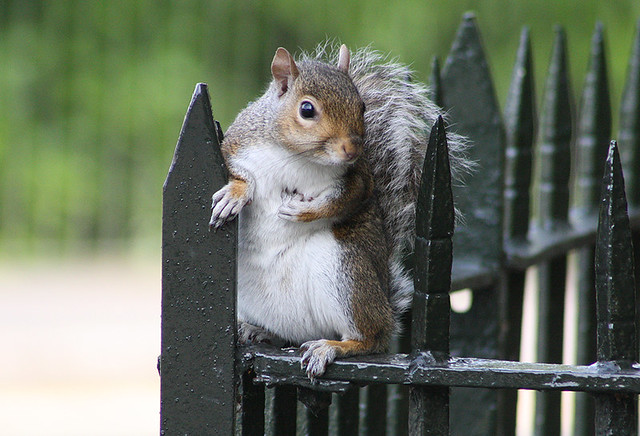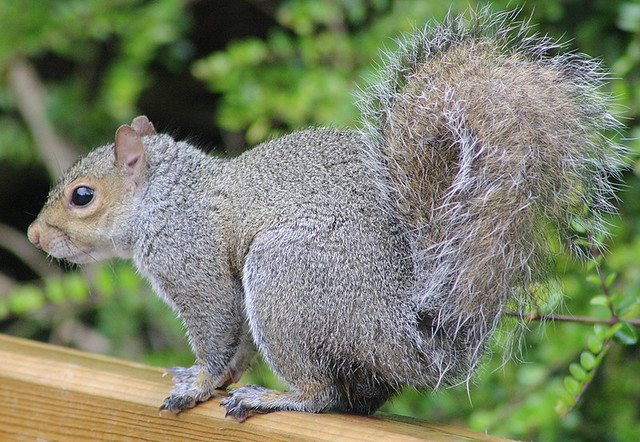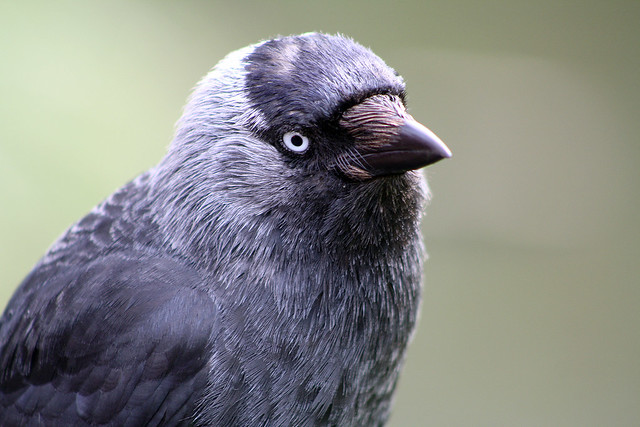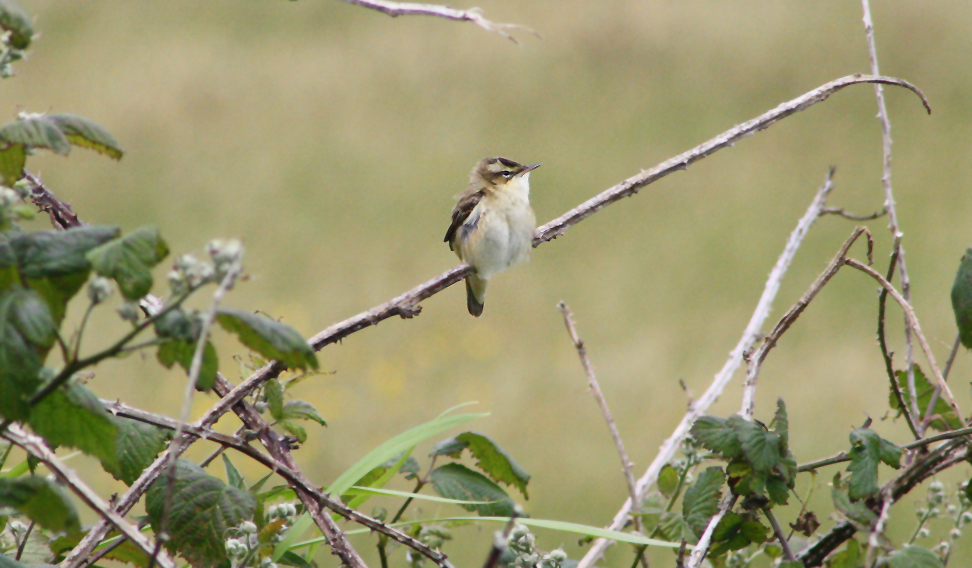The UCC spotted flycatchers remain with one pair actively established on the grounds & a third flycatcher some 30 seconds down the road which likely implies that its mate was somewhere nearby. The river walk also revealed glimpses of another one! The city’s green patches are full of them evidently.
.
The flycatcher belongs to a group of about a hundred small insect catching birds (Old world flycatchers), some of which are not quite so bland, take this here Malaysian blue flycatcher for instance!
Our little friend has his good sides too tho...
.
.
The flycatcher belongs to a group of about a hundred small insect catching birds (Old world flycatchers), some of which are not quite so bland, take this here Malaysian blue flycatcher for instance!
Our little friend has his good sides too tho...
.
The flycatcher looks unremarkable at first glance with its small size, unobtrusive voice and drab green colouring but one thing that stands out about it is its precision and speed. Whilst taking pictures the flycatchers moved between close knit branches with split second timing and movements that where barely visible to the eye (not ideal for taking pictures then).

.
If you look closely you can see that the flycatcher is actually more elongated then say a similar sized robin, with a pointed bill and a tapered body/tail. Its tail fans out widely and can be used to make fast mid air course corrections. These adaptations combine to allow the flycatcher to hunt by perching on a branch and quickly flying up and grabbing insects in mid air before returning to the branch. All this happens in moments. See the arkive video below to see what I mean.
.
It’s amazing how each species has adapted to its environment in different ways. I also happened to find a tree creeper in the park (in a tree with a pineapple stuck in it! What the heck where they getting up to in that mid Summer festival!?). This is the best shot I’ve gotten of one so far, it’s not at all great but at least it shows the important details of this bird. It has brown camouflage to blend in with the tree bark, a stiffened tail to allow it to rest vertically against the tree trunk, a long probing bill to grab insects in and around bark and long claws that allow it to walk up and down tree branches with ease. Again, it’s perfectly adapted to life in the trees!
.
There are quite a number of newly fledged birds around and those who are still dependent on their parents can be quite easy to spot. You will generally see them making a lot of noise and being far less careful about being seen then their stressed out elders. Blue tits and wrens in particular are abundant and can easily be found by their sounds. (mother on the fence on top, baby at bottom)





























































